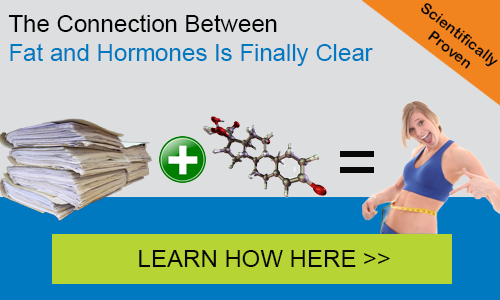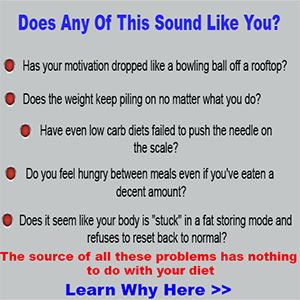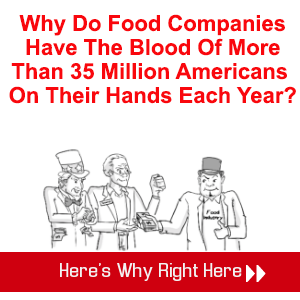The Insider Secrets Of Grocery Stores—The 12 Tricks They Pull To Make You Graciously Open Your Wallet
…the simple ways grocery stores make you feel comfortable enough to hand over your hard-earned money!
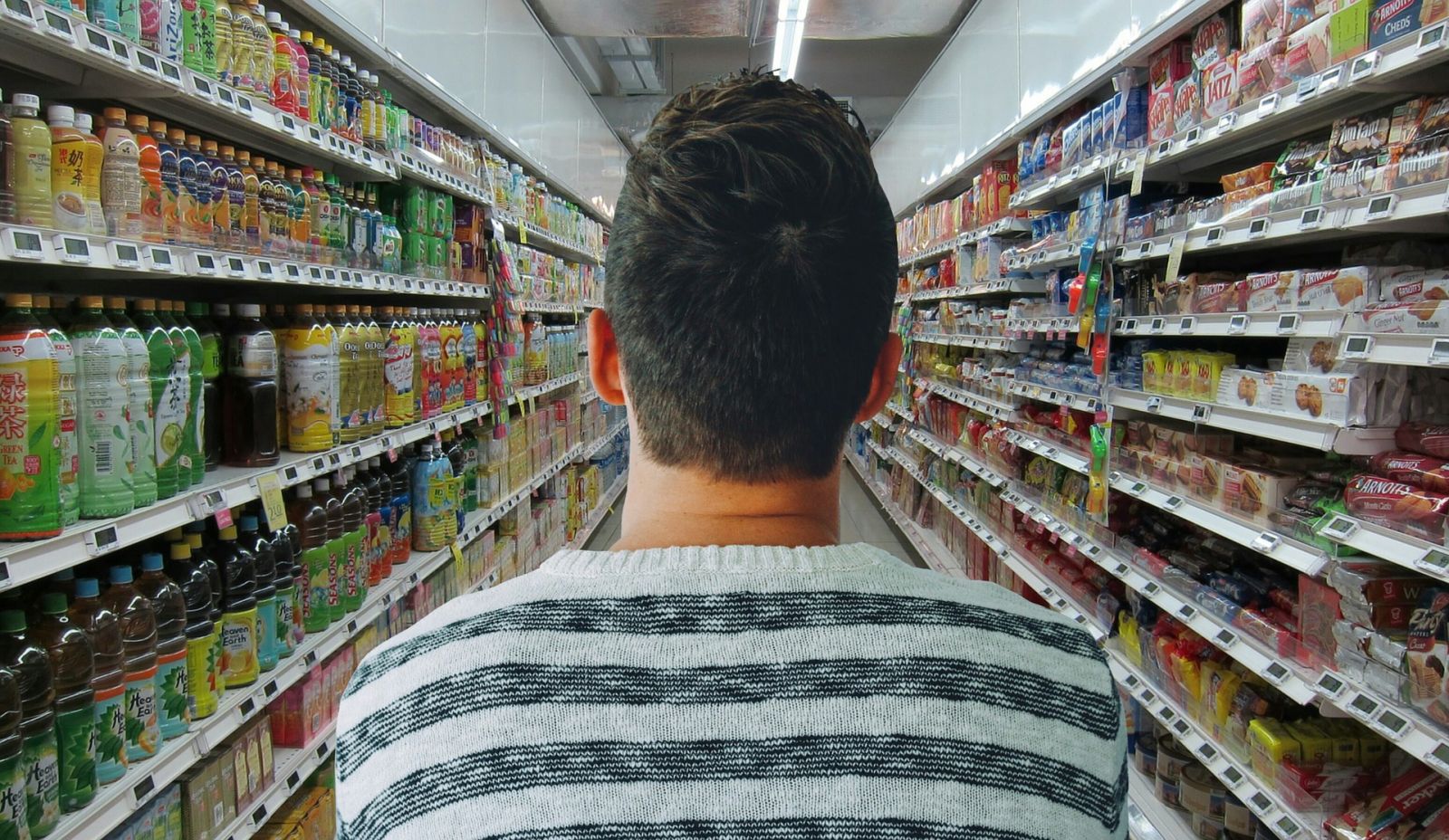 We all have to go to the grocery store at some point during the week.
We all have to go to the grocery store at some point during the week.
It’s inevitable.
You have to shop for groceries during the week, and each week it seems the shopping bill gets a little higher.
What gives?
Sure, the price of healthy food has gone up (while processed junk food has stayed low), but does that really account for tens or even hundreds of extra dollars spent each week?
No, no it doesn’t.
You see, your local grocery store is set up in a way to encourage you to spend more money…
And it’s one of the biggest cons around!
If you don’t believe me, let’s take a look at:
12 Different Cons That Drive Up Your Grocery Bill
If you’ve noticed that your grocery bill has started to slowly creep up—week after week—there is only one thing to blame..
No, not your inability to stop spending…
It’s the way every grocery store is set up that encourages you to spend more each time you go in.
Here are 12 ways (from set up to where products are) grocery stores are pulling the biggest cons on you (and it’s impacting your wallet):
1. Essentials Are Always In The Back
Have you noticed that milk, bread, meat, and deli are always at the back of the store? Sure it may be great for your step count, but it’s going to impact your wallet in the long run.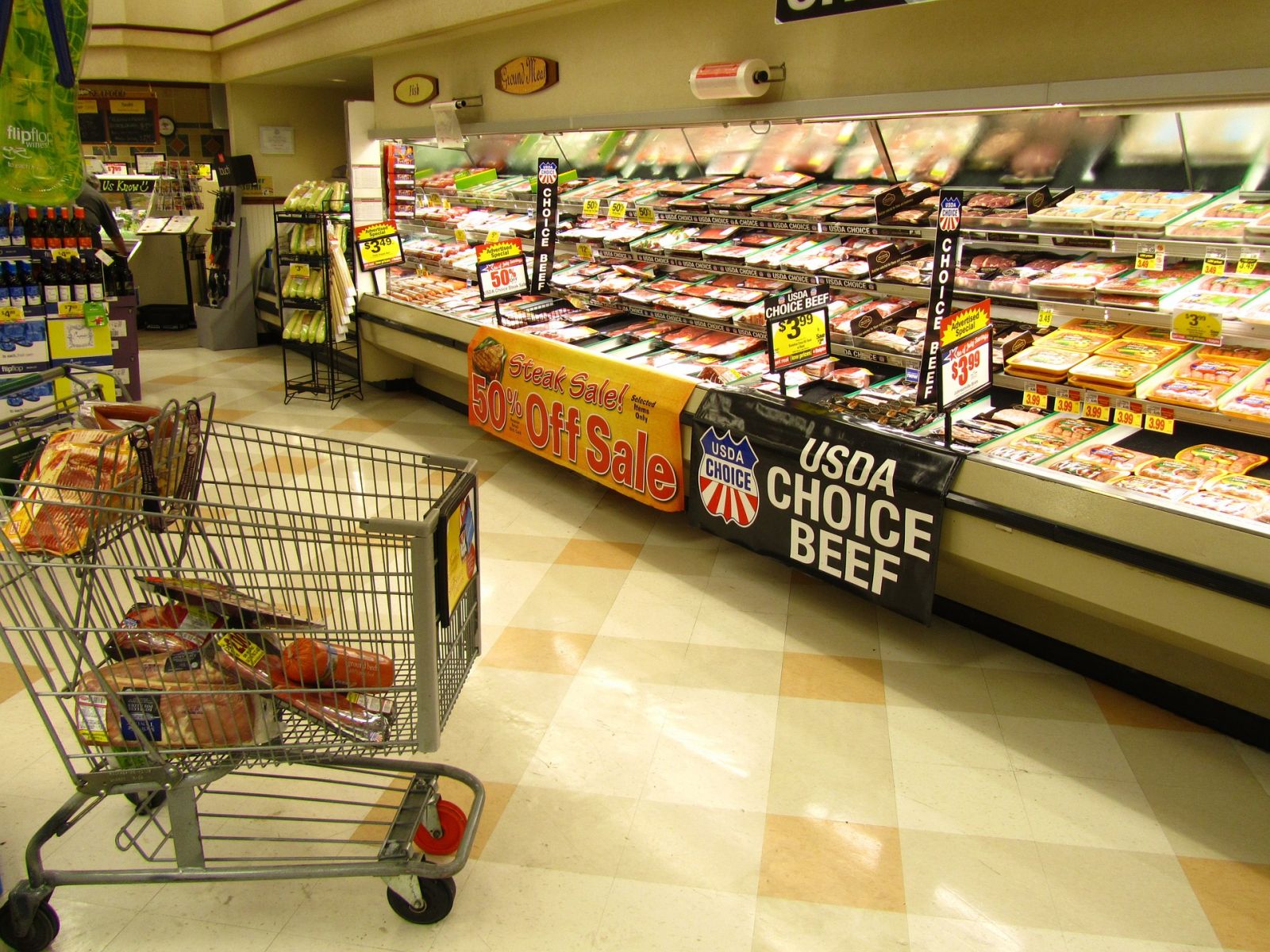
The reason why the essentials are always either in: 1) the back of the store, 2) the far corner of the store, or 3) the furthest point from the doors, is simply to get you to shop for other products.
The further you need to walk to get what you want, gives the store more time to showcase other products that may interest you.
And, if for some chance you’re hungry, stressed, or distracted, you may end up with more products in your cart or basket than you originally came in for.
This could end up costing you more money in the long run.
2. The Fresh Food Is Always In Front
What is the first thing you see when you walk through the door? Fresh fruit and vegetables in the produce section…
The unbeatable smell of freshly cooked bread from the bakery…
And the gorgeous colors of freshly cut flowers. You may not think anything of it—who would, right?
But you would be mistaken. The vibrant colors, the warm atmosphere, and the delicious smells not only make you feel warm and cozy inside, but also make you feel more welcome and comfortable in the store.
This could be the set up of a great experience—and one that sees you happily forking over more money in the end.
Don’t be fooled by the grand atmosphere—it’s all designed to get you to shop for more items and spend more money.
3. How Creating a Cleaner Environment Leads To More Money Spent
You’re running out the door to your car and you forget your reusable bags. You make a mad dash back in to grab them and then head to the store.
But where did you get those bags in the first place? That’s right—at the checkout lane.
Even though they don’t cost a whole lot, reusable bags may trigger spending habits you may normally not go for.
In fact, a recent study showed:
“Bringing your own bags simultaneously increases purchases of
environmentally friendly as well as indulgent (hedonic) items.”
When you buy a reusable bag, you think that you are saving the environment—when most stores still have the plastic bags hanging around or using less environmentally-friendly refrigerators.
Plus, as the study shows, people who bring their own bags tend to spend more money on things that they think will positively impact the environment.
All these extras cost more—which positively impacts their bottom line.
4. Be Wary of Price Gouging
When you’re shopping, you may see an item that you’re looking for that has many different options.
And each option is priced differently. You look at two items, one that’s more expensive and one that is normally priced. You compare the labels, and choose to get the cheaper of the two.
This is called Comparative pricing—and the cheaper or normally priced product is usually the more expensive one.
So you end up spending more on the item than you should be. But putting a normally-priced item next to an expensive one is not the only way they get you.
Charm prices--when a product ends with the number 9—is another way that stores increase their profits
Items that fall in the charm price category may increase revenue by a whopping 24 percent!
There are other ways that pricing impacts your wallet (like when a product is priced very high to fool the customer into thinking it’s better quality).
5. It’s Like Walking Through A Maze
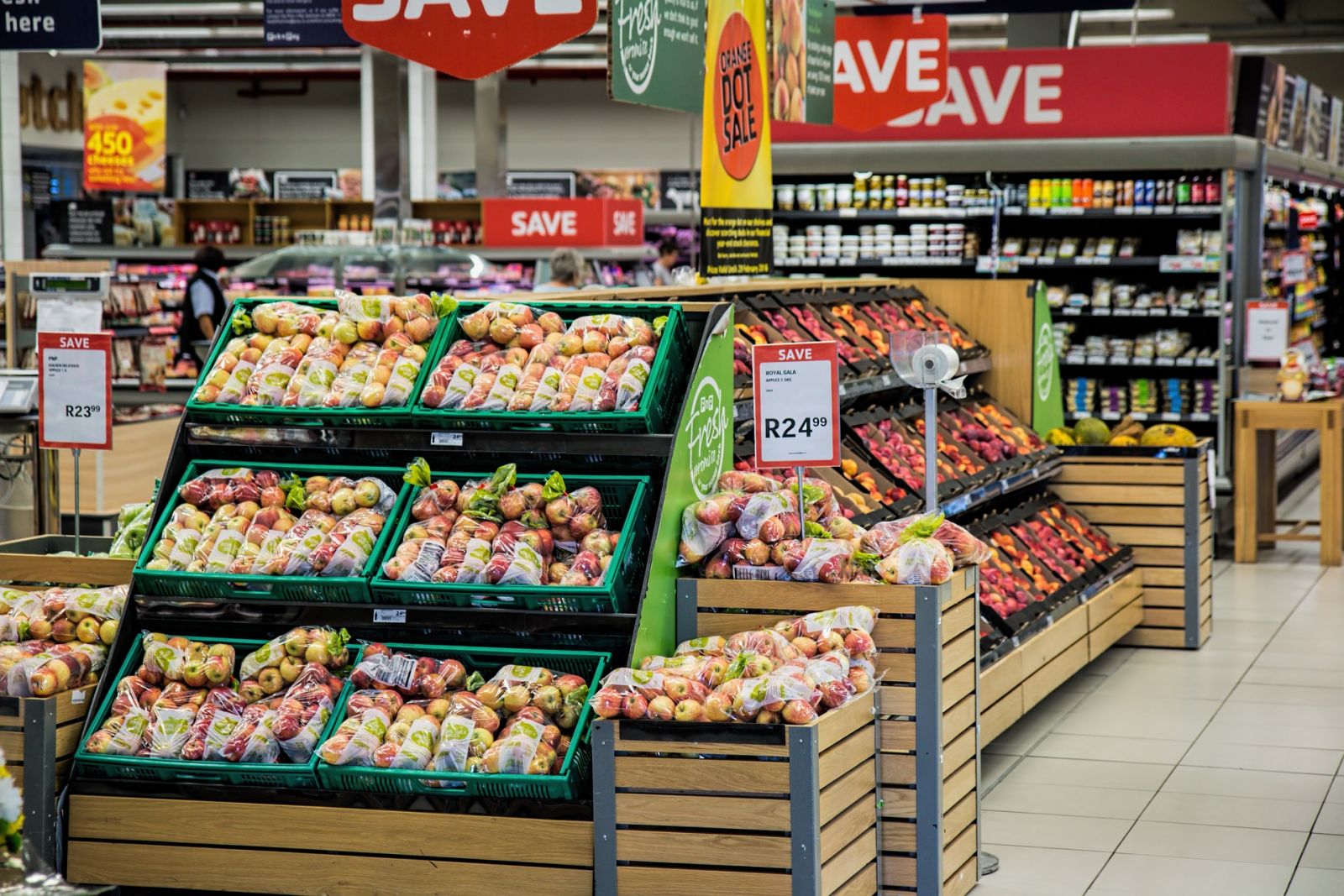 The grocery store I live by just changed the entire layout of the store. They went with a total remodel, which left quite a few people confused when they walked in.
The grocery store I live by just changed the entire layout of the store. They went with a total remodel, which left quite a few people confused when they walked in.
Me being one of them! I knew what I needed, headed to the area it used to be in, and low-and-behold, it’s not there anymore.
This maze effect is there for a reason—and it’s going to cost you more in the long run. By changing the store layout frequently, they are forcing you to go through every aisle looking for the product you want.
And as you’re looking around, you may see other items that appeal to you, which ends up costing you in the long run.
6. Monstrous Shopping Carts
Have you noticed that the shopping carts are monstrous? There is really no need to have a shopping cart that big—especially when you’re just grabbing a few things.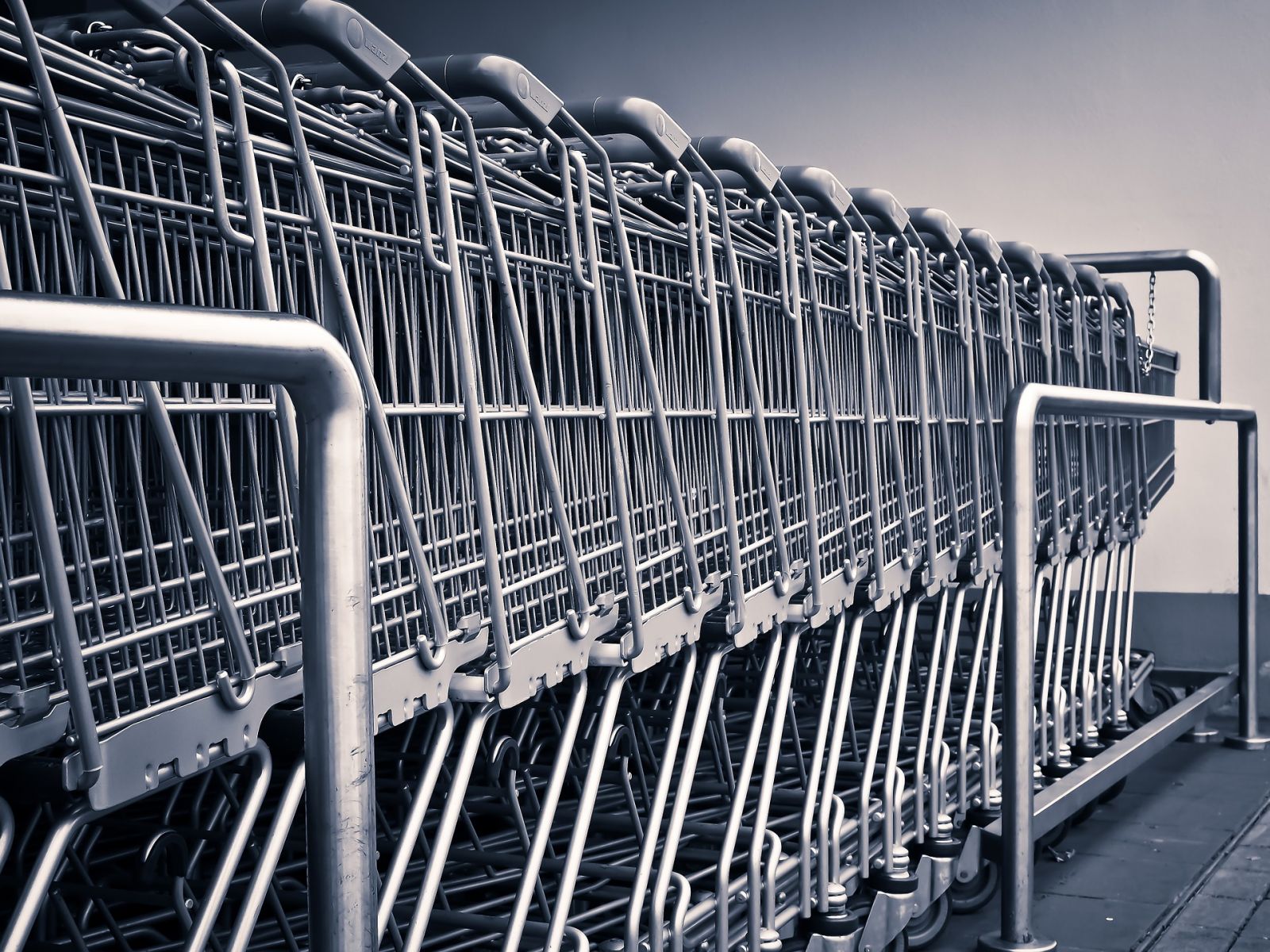
But here’s the thing:
Some stores have completely gotten rid of hand baskets and rely solely on carts (or your own hands).
This means that, by adding a couple items to your cart, it may make your cart look empty, therefore relying on your senses to shop for more to keep things company.
Want another interesting fact on shopping carts:
Since 1970, the size of the shopping cart has DOUBLED—if not TRIPLED—in size.
7. Even the Music Plays a Role
Have you ever stopped to listen to the music in your grocery store? What do you hear?
Chances are, you’re going to hear some slow songs or some uplifting and upbeat songs. The reason for this is simple:
Upbeat music makes you happy (and you may want to dance) while slower upbeat music may make you shop slower (although in a good mood).
Not only are you in a good mood, but you (unconsciously) may spend more time shopping, therefore hurting you where it counts:
In your wallet!
READ: The #1 Type Of Red Meat You Need
8. Samples….SAMPLES!
If you’ve ever been to a store, then you’ve probably walked by a guy or a gal peddling free samples.
Heck, it even happens at the mall in the food court.
The reason for free samples is they help the store sell.
A free sample exposes you to a product that you may not have known about—or one that you may want to try.
But free samples go beyond that!
On the flip side, after you take a free sample, there is usually a sales pitch trying to get you to buy the product.
And if you don’t buy it, you often feel guilty, which often leads to you coming back to get that product!
Not only do they want you to feel guilty, they actually bank on it working to get you to buy the product.
Sneaky isn’t it?
9. End Caps Aren’t So Special
The end of the aisles always seems to be a treasure trove of good things. This is where products are placed that may entice you to buy them.
Or a couple different products mixed together. For example, you may have some crackers. But on the side of the aisle, you may also have spreadable cheese, pepperoni, or something else that pairs well with crackers.
These upsells are there to get you to buy more than one product, since they both go so well together.
Plus, most people feel that the end-of-the-aisle is where the products that are on sale go. But this is not always the case.
Sometimes you buy products from the end that are full price—and then you may fall for the upsell product next to the item you think is on sale.
A double whammy on your bank account
10. Product Placement
My kids LOVE to go grocery shopping. Why? It’s because as they go through the aisles, they see all the things that they want.
Why is that? It’s because the products are placed at eye level for the kids to see, so they end up begging and pleading for that product.
And…
The most expensive products are usually at YOUR eye level, therefore making you think those are the cheapest and best products.
Product placement is an easy way for a supermarket to place items that you normally wouldn’t buy—and may be more expensive—at eye level to entice you.
Looking for the cheaper product? You will have to get on your hands and knees to get to the bottom shelf where most of the cheaper products are hiding.
11. Even the Checkout Aisle is Rigged
After going through the store, looking at multiple items on sale and not on sale, you’re probably a little tired.
And grocery stores feed on your fatigue.
That’s why, when you get to the checkout, they have candy and other junk food type products to entice you to take a break and eat something.
Not only does this add to your cart and your expense, these gimmick products may lead to weight gain and other negative health issues.
12. Store Colors
Who would have thought that the color of the store would make an impact on your shopping?
Well it does!
Studies consistently show that colors impact your buying decisions, and usually increase the profits by a whopping 15 percent.
What colors?
The study pointed at blue being the optimal color for increasing your buying experience, while orange and red did little to sway you.
The Take Home Message
If you’ve noticed your grocery bill is creeping up—you’re not the only one.
Supermarkets do a great job of advertising to you when you don’t even know it. From the size of your shopping cart, to the color on the walls, grocery stores use psychological tricks that make you feel comfortable and happy, which means you may spend more money.
And…
With essential items, like milk, bread, and meats in the back of the store, there is ample opportunity to market to unsuspecting shoppers that tend to increase their overall total by as much as 15 to 42 percent.
And with higher costs on healthy foods, it may lead to unhealthier food choices that may be cheaper and easier on your wallet.
But it may be worse for your waistline. If you want to stay healthy—and bring down your shopping bill—then keep these 12 tips in mind next time you head out to the store.
Be sure to SHARE this article with your family and friends on Facebook, Twitter, Pinterest, and Google +.
About Jayson Hunter & Jaylab Pro
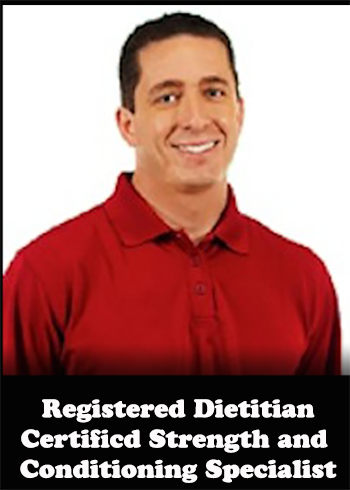
Jaylab Pro was founded by Registered Dietitian Jayson Hunter. Jayson has been recognized as one of America's foremost weight loss experts by America's Premier Experts™. He has also been featured in USA Today for this accomplishment. Jayson is also a best-selling author having co-authored multiple books in health & fitness and business growth. Jayson and the Jaylab Pro team are proud to create content that helps improve the lives of millions of people around the world. We hope you enjoy it just as much as others have.
 If you order a JayLabPro SmartShip product or any Combo Package, we will automatically ship you a new supply of the product or products you have ordered every month, starting 30 days after your initial order is shipped, and continuing until you cancel. The credit card you are using today will be billed the lowest available price for those product or products when your order is shipped, but shipping will be FREE. You may log into your customer account or call our customer service department toll-free at 1-888-9GETPRO (1-888-943-8776) between the hours of 8am – 9pm EST Mon-Fri to cancel future shipments, customize the timing of your shipments, or change the credit card used for billing.
If you order a JayLabPro SmartShip product or any Combo Package, we will automatically ship you a new supply of the product or products you have ordered every month, starting 30 days after your initial order is shipped, and continuing until you cancel. The credit card you are using today will be billed the lowest available price for those product or products when your order is shipped, but shipping will be FREE. You may log into your customer account or call our customer service department toll-free at 1-888-9GETPRO (1-888-943-8776) between the hours of 8am – 9pm EST Mon-Fri to cancel future shipments, customize the timing of your shipments, or change the credit card used for billing.




